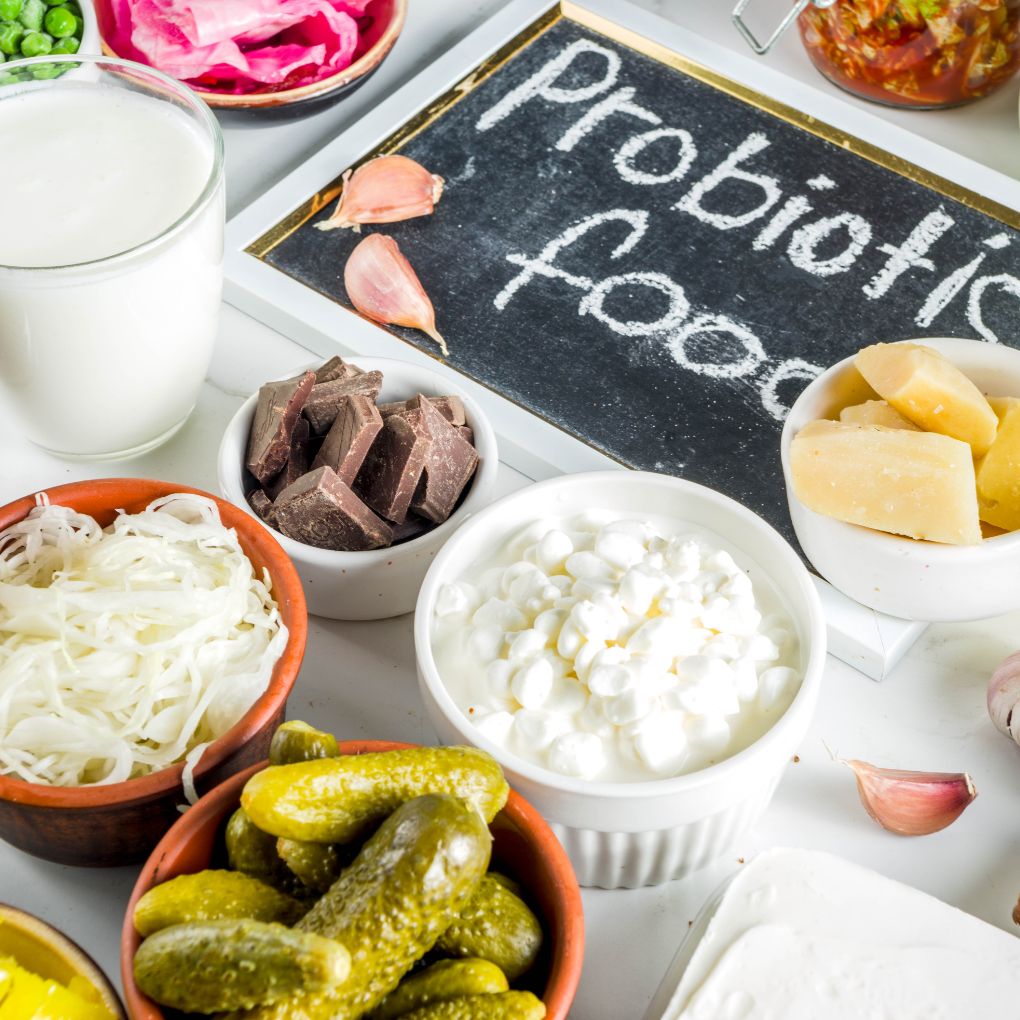In today’s fast-paced world, when people are continuously looking for methods to improve their well-being, the idea of functional meals has become increasingly popular. These foods provide extra health advantages beyond basic nourishment, which can improve our mental and physical well-being in a number of ways. Functional foods provide a wide range of promising health benefits, from enhancing immunity to enhancing cognitive performance. We dig further into the realm of functional foods in this extensive guide, covering their description, advantages, sources, and useful advice for including them in your diet.
Comprehending Functional Foods
Foods that provide health advantages beyond mere nourishment are referred to as functional foods. Generally speaking, they are abundant in healthy substances like vitamins, minerals, antioxidants, and phytochemicals that promote optimum health and may lower the risk of chronic illnesses. Functional meals are created or altered, especially to enhance health outcomes, in contrast to traditional diets, which mostly offer calories and necessary nutrients.
Advantages of Using Functional Foods
1. Enhanced Nutritional Profile: Nutrient-dense functional meals frequently promote general health and wellbeing. Foods enhanced with vitamins and minerals, for instance, can fill in dietary gaps and guarantee that people get the nutrients they need each day.
2. Disease Prevention: A lot of functional foods have bioactive ingredients that have potent anti-disease capabilities. For example, antioxidants in fruits, vegetables, and nuts help prevent chronic illnesses like diabetes, cancer, and heart disease by scavenging dangerous free radicals.
3. Improved Digestive Health: Probiotics included in some functional foods, such as kefir and yogurt, help maintain a healthy balance of intestinal flora. Regular consumption of these foods can improve immune system function, assist digestion, and ease gastrointestinal problems.
The consumption of certain foods high in omega-3 fatty acids, such as fatty fish, has been associated with enhanced cognitive function and a lower risk of age-related cognitive decline. These meals promote cognitive functions such as focus and memory by nourishing the brain.
4. Regulated Blood Sugar Levels: Whole grains and legumes are two examples of functional foods that have a low glycemic index and can aid in blood sugar regulation. Including these items in your diet can be especially helpful for people who already have diabetes or are at risk of getting the disease.
5. Heart Health: Nuts, olive oil, and oats are among the functional foods that are well-known for their heart-healthy qualities. They lessen the risk of heart disease and stroke by lowering cholesterol, decreasing inflammation, and supporting cardiovascular function.
The Best Places to Find Functional Foods
1. Fruits and Vegetables: Full of fiber, vitamins, minerals, and antioxidants, colorful fruits and vegetables are great functional foods. To optimize the health advantages of fruits and vegetables, include a range of them in your diet.
2. Whole grains: High in fiber, vitamins, and minerals are whole grains like quinoa, brown rice, and oats. They support healthy digestion, supply long-lasting energy, and assist in blood sugar regulation.
3. Fish: Omega-3 fatty acids, which are critical for both cardiovascular and mental health, are abundant in fatty fish, such as salmon, mackerel, and sardines. To get the most out of your diet, try to consume fish at least twice a week.
4. Nuts and Seeds: Rich in heart-healthy fats, protein, fiber, and a multitude of vitamins and minerals, nuts and seeds are nutritional powerhouses. For an extra nutritious boost, sprinkle seeds on salads and yogurt or munch on a handful of nuts.
5. Probiotic Foods: Foods that have undergone fermentation, such as kefir, kimchi, sauerkraut, and yogurt, contain healthy probiotics that boost immunity and intestinal health. Regularly include these items in your diet to help keep your gut microbiota in good condition.
6. Herbs and Spices: A lot of herbs and spices have strong anti-inflammatory and antioxidant qualities. To improve flavor and health benefits, add herbs like garlic, turmeric, ginger, and cinnamon to your food.
Advice on How to Include Functional Foods in Your Diet
1. Diversify Your Plate: To make sure you’re getting a wide range of nutrients, try to include a variety of functional foods in your meals. Utilize nutritious foods like fruits, vegetables, whole grains, lean protein, and healthy fats as the foundation of your meals.
2. Read Labels Carefully: Look for beneficial elements like vitamins, minerals, antioxidants, and probiotics by carefully reading labels when purchasing packaged meals. Select goods that have the fewest preservatives and additives possible.
3. Try New Recipes: include your imagination in the kitchen to create new dishes that include functional ingredients. Consider mixing leafy greens into smoothies, adding berries to your daily oatmeal, or mixing nuts and seeds into stir-fries and salads.
4. Plan Ahead: Make sure you have an ample supply of functional foods on hand by organizing your meals and snacks ahead of time. To make eating well easy and accessible, stock up on essentials like fruits, vegetables, whole grains, and nutritious snacks.
5. Be Mindful of Portions: Despite the many health advantages of functional foods, portion control is crucial to a balanced diet. Observe portion proportions and refrain from overindulging, especially while consuming nutritious meals.
Final Reflections
Functional foods offer a multitude of advantages beyond simple nourishment, making them an effective tool for maximizing health and wellbeing. Your quality of life may be increased, your risk of chronic illnesses can be decreased, and your general health can be improved by consistently including nutrient-rich foods in your diet and developing good eating habits. There is a functional food out there to meet your needs, whether you want to promote digestive health, increase immunity, or enhance cognitive performance. Accept the benefits of functional meals and make the first steps toward becoming a happier, healthier version of yourself.
The Complete Guide to Using Healthy Food Power


